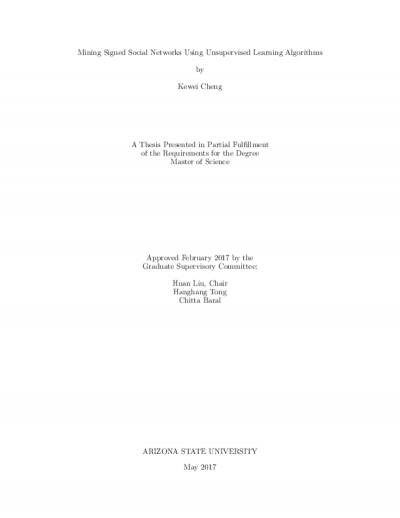Novel Method for Measuring the Heat Collection Rate and Heat Loss Coefficient of Water-in-Glass Evacuated Tube Solar Water Heaters Based on Artificial Neural Networks and Support Vector Machine

The determinations of heat collection rate and heat loss coefficient are crucial for the evaluation of in service water-in-glass evacuated tube solar water heaters. However, the direct determination requires complex detection devices and a series of standard experiments, which also wastes too much time and manpower. To address this problem, we propose machine learning models including artificial neural networks (ANNs) and support vector machines (SVM) to predict the heat collection rate and heat loss coefficient without a direct determination. Parameters that can be easily obtained by “portable test instruments” were set as independent variables, including tube length, number of tubes, tube center distance, heat water mass in tank, collector area, final temperature and angle between tubes and ground, while the heat collection rate and heat loss coefficient determined by the detection device were set as dependent variables respectively. Nine hundred fifteen samples from in-service water-in-glass evacuated tube solar water heaters were used for training and testing the models. Results show that the multilayer feed-forward neural network (MLFN) with 3 nodes is the best model for the prediction of heat collection rate and the general regression neural network (GRNN) is the best model for the prediction of heat loss coefficient due to their low root mean square (RMS) errors, short training times, and high prediction accuracies (under the tolerances of 30%, 20%, and 10%, respectively).
- Author (aut): Liu, Zhijian
- Author (aut): Li, Hao
- Author (aut): Zhang, Xinyu
- Author (aut): Jin, Guangya
- Author (aut): Cheng, Kewei
- Contributor (ctb): Ira A. Fulton Schools of Engineering

